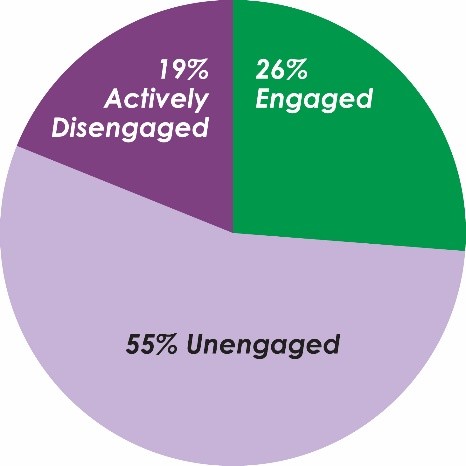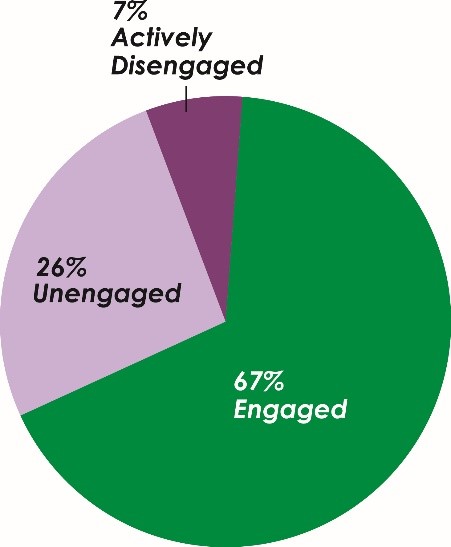[et_pb_section transparent_background=”off” allow_player_pause=”off” inner_shadow=”off” parallax=”off” parallax_method=”on” padding_mobile=”off” make_fullwidth=”off” use_custom_width=”off” width_unit=”off” custom_width_px=”1080px” custom_width_percent=”80%” make_equal=”off” use_custom_gutter=”off” fullwidth=”off” specialty=”off” admin_label=”section” disabled=”off”][et_pb_row make_fullwidth=”off” use_custom_width=”off” width_unit=”off” custom_width_px=”1080px” custom_width_percent=”80%” use_custom_gutter=”off” gutter_width=”3″ padding_mobile=”off” allow_player_pause=”off” parallax=”off” parallax_method=”on” make_equal=”off” column_padding_mobile=”on” parallax_1=”off” parallax_method_1=”on” parallax_2=”off” parallax_method_2=”on” parallax_3=”off” parallax_method_3=”on” parallax_4=”off” parallax_method_4=”on” admin_label=”row” disabled=”off”][et_pb_column type=”4_4″ disabled=”off” parallax=”off” parallax_method=”on” column_padding_mobile=”on”][et_pb_text background_layout=”light” text_orientation=”left” admin_label=”Text” use_border_color=”off” border_style=”solid” disabled=”off”]
If you Google the word leadership, you get 755 million results. It is also almost impossible to pick up a business magazine today and not find an article referring to leadership in some context. Leadership is one of the most talked about management topics, easily eclipsing strategy and six sigma. What’s more, about $14 Billion, (yes, that is a “b”) is spent annually on leadership development in the US alone. Obviously, leadership seems to be important, but what evidence do we have that it really is important, or are we just wasting our money?
In a previous blog, Manager as Leader: A New Look at Old Concepts, I shared that one of two roles of a manager is that of being a leader who creates emotional connections to achieve organizational goals. There are several ways that a manager can create those emotional connections. One approach is to utilize the emotion of fear to motivate employees. Through the use of rules, regulations, policies, and procedures, coupled with progressive discipline and punishment, managers attempt to entice employees to perform at higher levels. Often, however, the result is that employees do just what they have to do to stay out of trouble and no more, while others end up leaving the organization entirely.
Another approach is to motivate people through bribery. This can be accomplished in a variety of ways, such as pay-for-performance, special perks, or special recognition programs, such as employee of the month. These approaches often set up a climate of competition that encourages employees to “do what it takes to win.” This works as long as employees are motivated by competition; that they actually can, indeed, win; and as long as the rewards are more than they can get elsewhere. Of course, the downside is the slippery slope towards hoarding of resources and even ethical and legal violations.
Neither of these two approaches is effective in creating high levels of performance across an entire organization. Fear and intimidation only create the level of performance that is required to avoid discipline or punishment. Rewards work only with those few incredibly talented employees who are creative and driven enough to thrive in a competitive environment. What is worse, any gains in performance rarely can be sustained for long periods of time because employees who are motivated by fear or rewards are likely to leave to avoid the fear or gain greater rewards.
If intimidation, fear, and bribery won’t work to create sustainable high levels of performance, then what will? The answer is to tap into the employees’ intrinsic motivation and make a connection between what is important to them and what is important to the organization. We want to get employees engaged. Employee engagement has become another management buzzword, much like leadership, but it does have real bottom-line implications for every organization.
 As part of RDS’s groundbreaking and ongoing research on The Dynamics of High Performing Organizations, we have quantified the cost of having lower employee engagement levels in the average organization versus higher employee engagement levels in a high-performance organization. Keep in mind that the average organization is not performing poorly; in fact, it is performing pretty well. The average organization has about 26% of their employees who are engaged and are trying to do their best for the
As part of RDS’s groundbreaking and ongoing research on The Dynamics of High Performing Organizations, we have quantified the cost of having lower employee engagement levels in the average organization versus higher employee engagement levels in a high-performance organization. Keep in mind that the average organization is not performing poorly; in fact, it is performing pretty well. The average organization has about 26% of their employees who are engaged and are trying to do their best for the
organization, but 55% of their employees are just “there.” These unengaged employees show up to work each day, do what they are told to do, accomplishing the bare minimum that is expected of them to stay out of trouble, and go home. They don’t cause problems, but they also don’t solve problems either; for the company or the customer. The remaining 19% of employees are not happy with the organization, are disengaged, and cause problems that cost the organization money.
Having so few employees engaged and trying to do their best for the organization, compared to so many employees who are actively disengaged and doing their best to hurt the organization, has a detrimental impact on its performance. Yet, this is the everyday reality for most organizations. Several other researchers, including Gallup, indicate that these low levels of employee engagement are responsible for the loss of up to one-third of the annual payroll for the average organization. This is equivalent to having one-third of an organization’s employees absent every day. To demonstrate this quantifiably, we devised a mathematical formula — the Payroll Efficiency Factor™.
The Payroll Efficiency Factor™ came about from polling thousands of managers over several years. Each manager was asked to assign a number between 1 and 10 (1=low, 10 = high) to the performance levels of their employees in each of three categories: engaged, unengaged, and actively disengaged. The resulting midpoint of the range for each category was assigned as the score: Engaged=9; Unengaged=6; Actively Disengaged=3. When multiplied by the percentage for each category, and then added together, we calculated a percentage–63% for the average organization.
A comparison of the average to the best organizations revealed that the best organizations had over two and a half times more  engaged employees at 67%, and almost two-thirds less actively disengaged employees at 7%–driving their Payroll Efficiency Factor™ up to 78%. This 15-point difference accounts for almost 25% more work being performed. What’s more, all of the work, including the extra 25%, tends to be more focused on those things that matter to the organization’s bottom-line performance.
engaged employees at 67%, and almost two-thirds less actively disengaged employees at 7%–driving their Payroll Efficiency Factor™ up to 78%. This 15-point difference accounts for almost 25% more work being performed. What’s more, all of the work, including the extra 25%, tends to be more focused on those things that matter to the organization’s bottom-line performance.
With the average payroll (pay, benefits and insurances) running approximately $6.3 million per 100 employees (per US Bureau of Labor Statistics), the difference in work accomplished between the average organizations and the best organizations is about $1 million per 100 employees. But, with work more highly focused on what matters, the bottom-line impact becomes a multiple of 3-5 times that $1 million —an amount that can be the difference between surviving or thriving for some organizations.
Clearly, employee engagement has an impact on an organization’s performance levels. It isn’t a buzzword or another fad; although, what creates the emotional connections that lead to employees becoming engaged can certainly become confusing from so many articles that make it seem like a fad. Employee engagement is not something that managers do to employees or employees do for managers, as many would have you believe. It is simply the natural outcome of managers implementing sound management practices that put People at the Center, tapping into the most important element of the Seven Elements of High Performance™. This is what being a Leader is all about.
[/et_pb_text][/et_pb_column][/et_pb_row][/et_pb_section]



